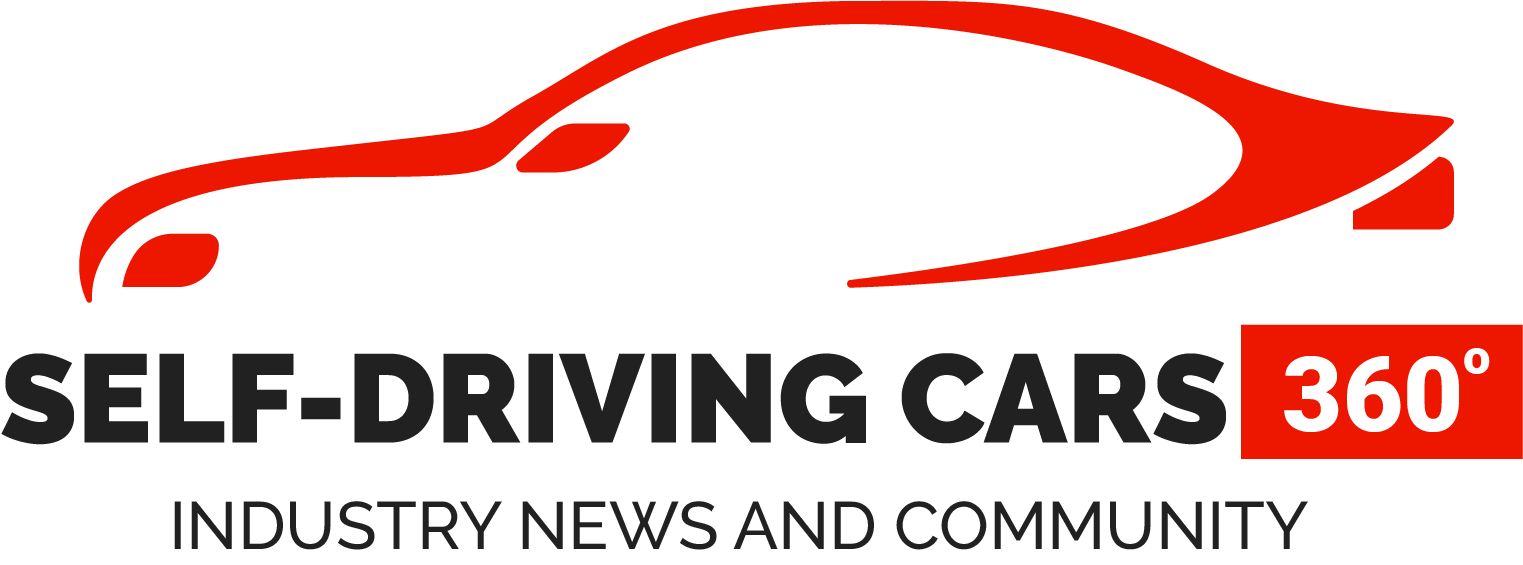For two years, Navistar and TuSimple engineers quietly worked in parallel, building autonomous truck prototypes. Now, the relationship is changing.
On Wednesday, the companies said Navistar will sell a driverless truck by 2024, advancing the industry’s accepted end-of-the-decade production timeline. Navistar will offer a single, no-frills autonomous truck that fleets will learn to launch and receive. Navistar and TuSimple will help smooth this new wrinkle in logistics.
Below are eight questions and answers from a FreightWaves’ conversation with Chris Gutierrez, Navistar chief engineer of Advanced Driver Assistance Systems.
What changes in your collaboration?
We’ve produced prototype vehicles based on currently available components. TuSimple has largely led their portion of that development and we’ve largely led our portion of the development [with a] joint interface. Navistar will be leading the full vehicle integration, the hardware selection and the final validation. TuSimple is providing the perception software, the localization and the motion planning and requests to the vehicle system for actuation.
Any aha moments working with TuSimple?
Their urgency and energy to move this forward. That is something that stands out with TuSimple versus a variety of other players in the marketplace. There is the three-way collaboration with our joint customers. TuSimple has not been shy about touting the UPS relationship and the Penske relationship. The third part is the ability for TuSimple to turn their concepts into working prototypes. They’ve had a relatively high number of trucks up and running at a relatively high technical capacity since early 2019.
How does this differ from other claims?
This isn’t one truck moving a trailer full of beer [or] a trailer full of butter. It’s a fairly substantial deployment, and while that doesn’t mean that we’re ready for production, it indicates a certain level of maturity and operational agility to make that happen on a day-in, day-out basis.The level of safety and quality that is essential for that type of product deployment is entirely different than an engineering prototype.
What about the limits of autonomy?
The vehicle will operate on defined routes that are [mostly] on-highway. We expect it to have limited capability to operate in a commercial district. It’s not pulling into the back lot of Target. [But] a distribution center that might be a mile and a couple of turns from an interstate is an area where we would expect to work towards mapping, programming and developing that specific route to meet customer needs.
Why a diesel powertrain?
Primarily due to range. We have a relatively unlimited length of route in mind so long as the route is an approved route. There is no expectation that the truck has to stop for any reason other than fuel. And if it’s carrying enough fuel, then it can go from Point A to Point B without stopping. As the technology proves itself, we’ll move into either battery-electric or hydrogen power depending on the given technology of the day for the given route.
Do you need to hold the customer’s hand?
There will be a large amount of customer interaction to ensure the quality [and seamlessness] of the operation. These trucks need to be sent on their way and then received. That is a new operation for a customer. That partnership between the customer, Navistar and TuSimple will be defined on a customer-by-customer basis. We’ll have a very customer-oriented route preference, sending and receiving, service plan. This is going to be something that is very well managed to assure the maximum efficiency of these vehicles.
How many driverless trucks sell in 2024?
[That is] highly dependent on demand. In this space, where the total cost of ownership for the customer is really the driving factor for these products being adopted, that will speak for itself. If there is a significant demand, then Navistar and TuSimple will meet that demand in product and service. If there’s some trepidation on how we’re going to get this to work, then we’ll roll out a support structure that provides confidence and allows customers to grow into the product as it proves itself.
How big a lead does Navistar have?
I have not seen any other North American [manufacturer] suggest that they will be on the road prior to our target date of 2024. Depending on your baseline, this is one year or five years sooner. Timelines are updated based on capabilities. This partnership advances our timeline significantly, and that would be more than one year.
Source: www.freightwaves.com




GIPHY App Key not set. Please check settings